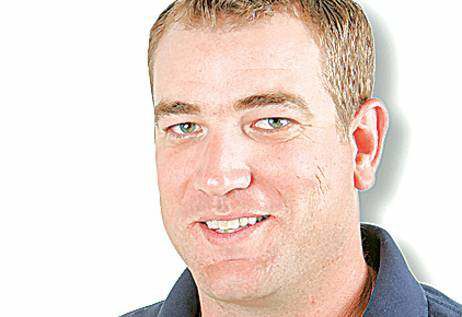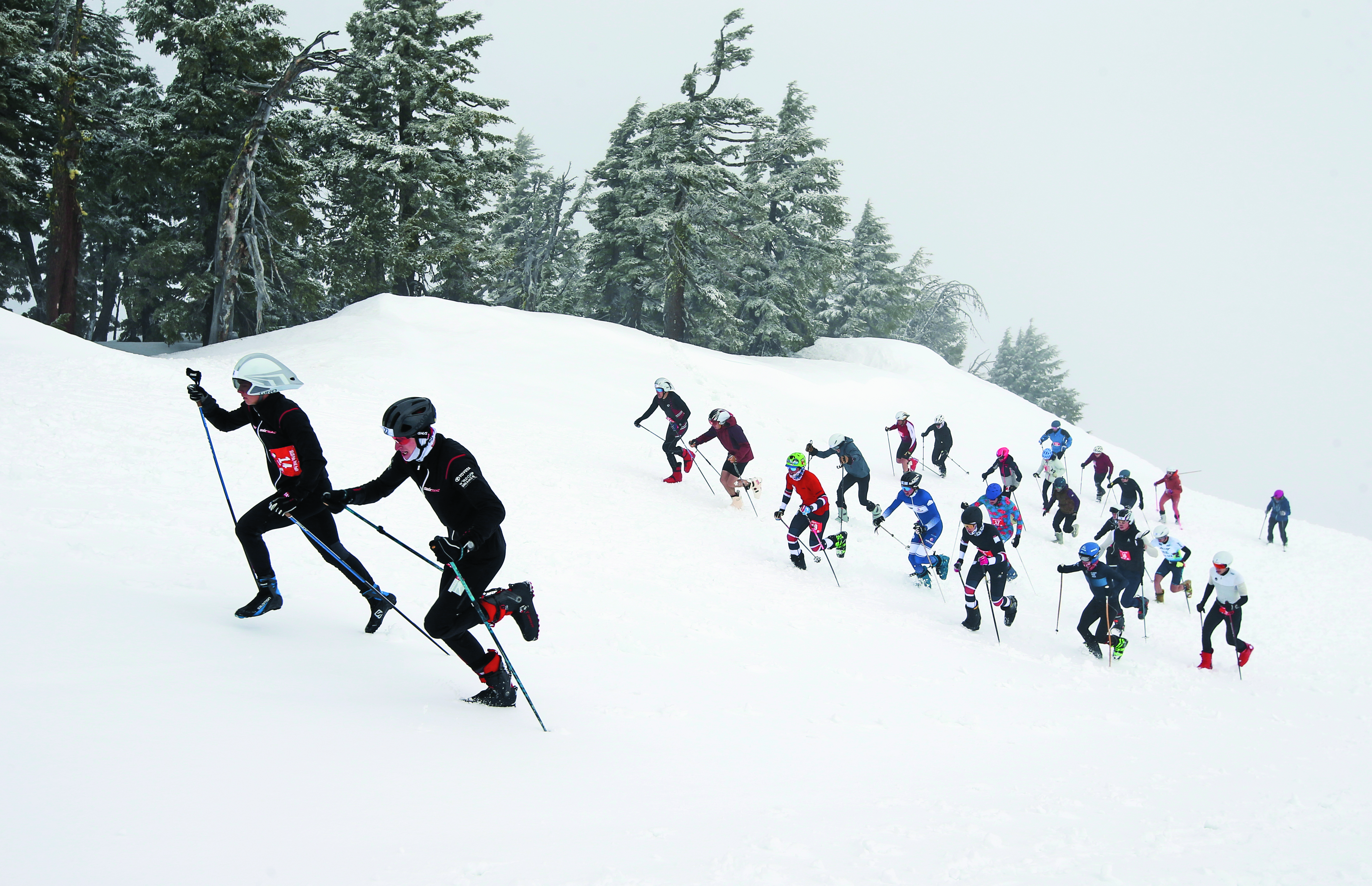Getting value for your old clubs
Published 4:00 am Wednesday, December 5, 2007

- Another big year ahead in Central Oregon
How many people would sell their car without first consulting Kelley Blue Book?
Yet, many golfers have no idea of the trade-in value of their clubs and accept an offer without researching the clubs’ value.
Trading in an old set of golf clubs when buying new can save hundreds on the purchase, depending on the age, shape and quality of the used set.
Retailers, in turn, take the trade usually in store credit and sell the used clubs themselves or liquidate them. (Sound similar to the used-car market?)
Well, in much the same way as Kelley Blue Book, the values of those used golf clubs are easy to find — if you know where to look.
PGA.com’s value guide (valueguide.pga.com), which uses sales data acquired from eBay, is a good place to start.
The Web site includes most brands of clubs and is easy to use if you know the specific make and model of your club.
Drop-down menus first ask the name of the club manufacturer, then the club model, and shaft type. Users can get more specific with irons by entering the specific range of clubs (3-iron through pitching wedge, for example) included in the set.
I entered in the set of irons that I purchased four years ago.
My set of Precept Tour Premium Forged irons (2-iron through pitching wedge) is estimated to fetch $48.69 if traded in.
Considering what I paid for the irons several years ago — which was about $500 — the return on investment makes buying a new car seem like buying stock in Microsoft in the early 1980s.
But as with any negotiations, getting an estimated value beforehand will at least provide an idea of whether an offer is a good one.
To be sure, the depreciation of value in my less-popular irons doesn’t necessarily mean that a used set of top-selling Callaway X Series irons is worth next to nothing. A set of used Callaway Steelhead X-14 Pros is estimated to fetch $99.43, despite being an older model and costing originally as much as my Precepts.
Trading in an old set is obviously not the only option to rid oneself of clubs that are currently gathering more dust than birdies.
You could always try your luck on eBay or through a classified ad, which, considering what my set is going for in trade-in, might not seem like such a bad idea.
Like with Kelley Blue Book, the estimated trade-in value is lower than retail value, and PGA.com’s site offers an estimate of both. Those same Precept irons are valued at an estimated $81.15 on the open market.
That at least partially answers the most difficult question for a seller: At what price should I list my clubs?
But estimated prices will get a seller only so far.
On eBay Tuesday, a seller was asking $500 for a new set of Precept Premium Forged irons (2-iron through sand wedge), and another seller was listing a used set for $119.
Why the difference?
Well, no matter the estimate, it comes down to what price a seller thinks the clubs will bring.
Which one of those sellers is more realistic is another story.
Sellers do have another option: donating the sticks to charity or passing them on to somebody they know who could use them.
No matter which way you choose to unload the old clubs, they will do a lot more good for somebody who will use them than as a grease-rag rack in the garage.
The following is a list of Central Oregon retailers that are part of the PGA Trade-In Network. To be in the network, the facilities must have a PGA-certified professional on staff:
Aspen Lakes Golf Club
Awbrey Glen Golf Club
Bend Golf and Country Club
Broken Top Club
Crooked River Ranch GC
Eagle Crest Golf Club
Juniper Golf Club
Lost Tracks Golf Club
Meadow Lakes Golf Course
Pro Golf of Bend
Sunriver/Woodlands
Sunriver-Crosswater Course
Widgi Creek Golf Club
Source: PGA.com






